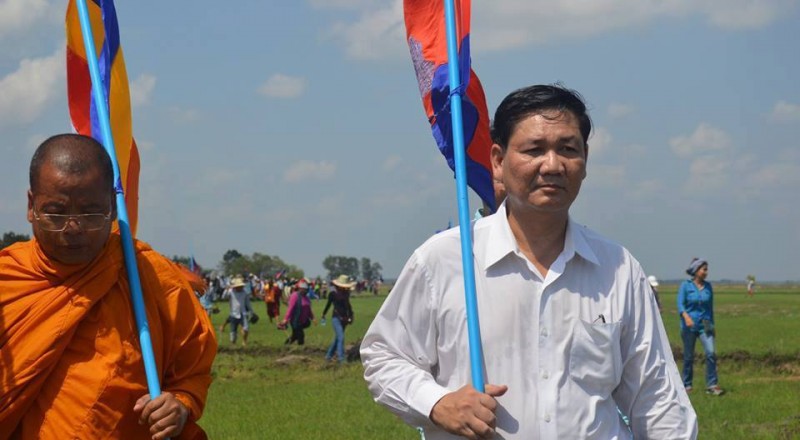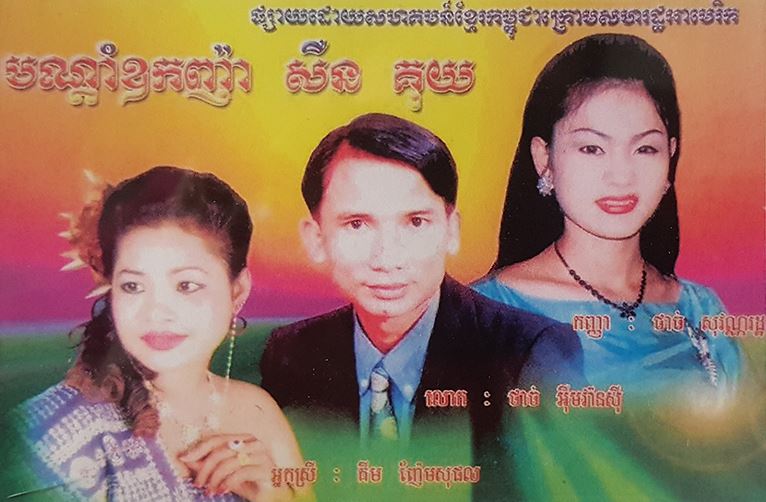Institutions look to safeguard Khmer language
ថ្ងៃសុក្រ ១៤កើត ថ្ងៃកោរ ខែភទ្របទ ឆ្នាំខាល ចត្វាស័ក ព.ស.២៥៦៦ ត្រូវនឹងថ្ងៃទី៩ ខែកញ្ញា គ.ស.២០២២
Friday the 14th Waxing Moon of Poṭṭhapāda B.E.2566 equivalent to September 9, A.D.2022 Year of the Tiger
Khmer Times
Official agencies have claimed that spoken and written Khmer have been distorted and moving away from the language’s original form, as such, the government and national institutions are working with national language experts to raise awareness of the problem and work on ways to standardise the language.
Drawing attention to the problem was the focus of a workshop yesterday on “Distortion of the Current Usage of the National Language” organised by the Department of Books and Reading of Ministry of Culture and Fine Arts, with the participation of many language and literature experts, at which many challenges were presented as well as solutions.
Kim Pinon, secretary of State at the Ministry of Culture and Fine Arts, said that the rise of globalisation and increasing use of communications technology places challenges on Khmer and has influenced the language’s use, which he claims can be seen in its misuse on logos, trademarks, banners and billboards.
He added: “The use of words or idioms on radio, television and social media is also very confusing, such as the use of abusive, obscene and immoral words, which sets a bad example, causes social hostility and shows an inability to use words properly which reflects badly on the national identity.”
Kok Ros, director of the Department of Books and Reading, said the misuse of the national language is one of the controversial issues we face today.
He said that the problem is never considered by Khmer native speakers, who distort the language and cause anarchy and immorality.
He added: “Khmer is Cambodia’s official language. Therefore, in order to promote the value of the national language, (we) need to awaken the Cambodian youth to recognise the importance of the language, as well as to encourage participation, dissemination and strengthening of the correct use of Khmer with the cooperation of all stakeholders.”
However, according to Kim Pinon, all these issues have been submitted by the Ministry of Culture and Fine Arts to regulate the use of the Khmer script in images and content with the instruction that all material, such as posters, dissemination of information, and signs must comply with the basic Khmer dictionary.
Sorn Pov, vice-president of the National Council of Khmer Language (NCKL) at the Royal Academy of Cambodia (RAC), said that a serious challenge is the influence of loan words from other languages on Khmer and the National Council for the Khmer Language is reviewing this issue.
“The use of the Latin alphabet for transcribing the Khmer language among young people cannot be blamed for all problems. Instead, we are working together to instill patriotism in the language. To preserve and develop our national language.”
He added: “We had a standard language after the French colonisation, in which Cambodia began to create a grammar dictionary and established a Khmer Buddhist institution, the Khmer Writers’ Association and the cultural church, and both institutions provided a standard language.”
However, the National Policy on the Khmer Language 2020 shows that the current situation with the Khmer language is not standardised, although the Khmer dictionary has been adopted. Basically, this dictionary has not been updated for quite some time to meet the needs of the Khmer language.
The Khmer language used in the media, including television, radio, and social media remains flawed and inconsistent, but the government establishing the National Council for the Khmer Language will remedy this. It will set out a national policy on the language as a way to ensure preservation, development, modernisation, agreement on the use of the Khmer language, and resolution of issues related to Khmer.
Related
សូមគាំទ្រឧបត្ថម្ភ សហគមន៍ខ្មែរក្រោម Support KKC
សូមអរគុណដ៏ជ្រាលជ្រៅចំពោះសប្បុរសជននូវវិភាគទានទាំងនេះ។
We’re On Facebook

Sign in
Click here to reload the page over ssl.





